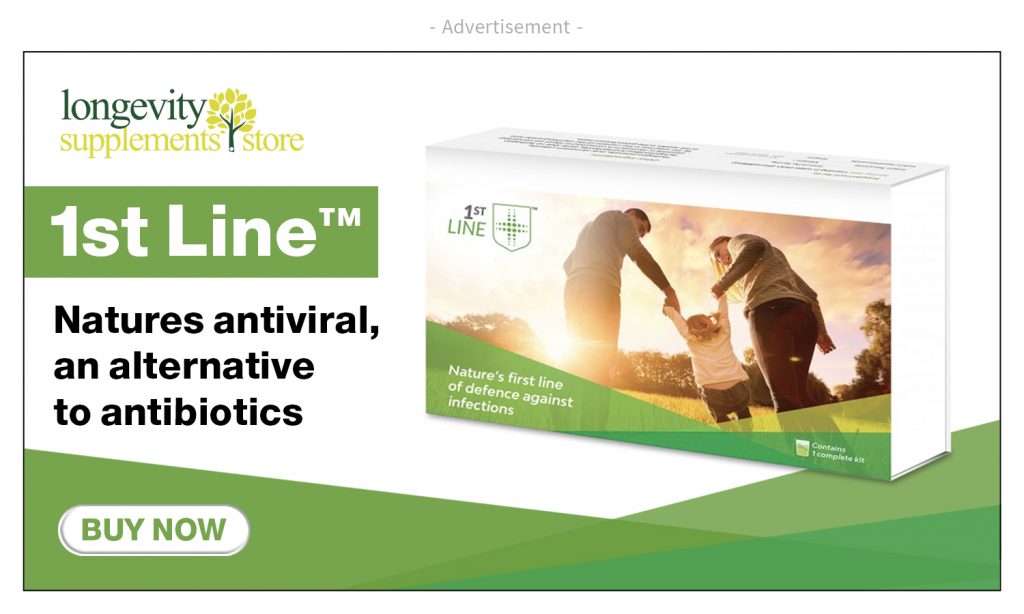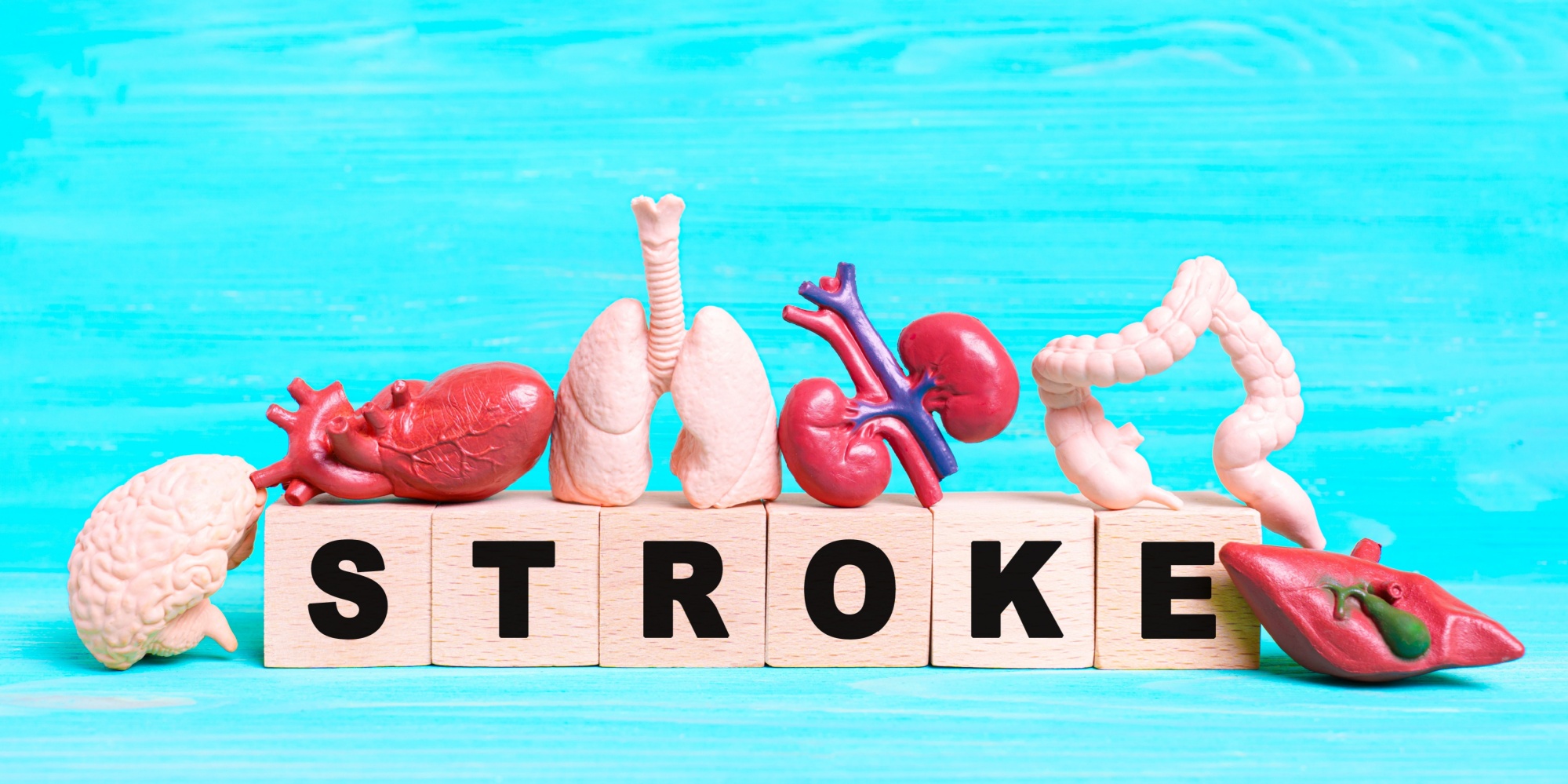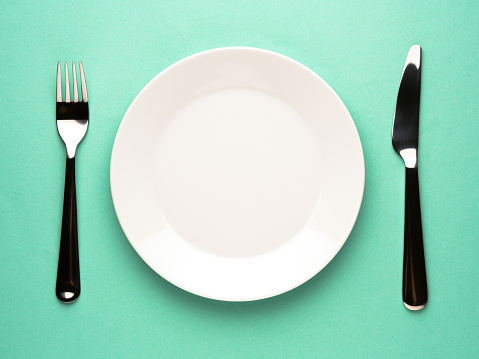
The 1st Line of Immune Defence, an interview with Richard Stead
November 29th, 2016The 1st Line of Immune Defence, an interview with Richard Stead
Phil: Richard, would you please be kind enough to tell us a little about your background and how you became involved in the creation of the OSCN/ 1st Line™ supplement?
Richard: I have a background in chemistry and in the last 20 years much of my work has been linked with the chemistry of nature and how to use it in the food industry. This lead me to look at removal of pathogens from uncooked foods, initially vegetables, such as lettuce, that are chopped and sold as ready to eat in supermarkets. The objective of the work was to replace chlorine as the means of killing the pathogens. The system worked wonderfully but proved to be more expensive than the chlorine technology, despite it being safer and with no dangerous by-products.
Phil: So what exactly is OSCN?
Richard: Nature designed the OSCN molecule to kill pathogens. As with everything in nature, the use of chemicals is for specific tasks. OSCN is created upon demand in the bodies of all mammals. It is a powerful anti-pathogenic molecule and so is only created when and where needed, such as when the body is under attack from pathogens, be they bacteria, viruses or even fungal.
Phil: You’ve conducted a number of in-vitro studies with OSCN, how has it performed to date?
Richard: We have carried out a few in-vitro trials. We only needed to do a few because there have been many thousand trials carried out by academia against a wide range of pathogens: bacterial, viral and fungal. In 99% of them the OSCN has quickly destroyed the pathogen, or injured it such that it cannot multiply.
Phil: And in people, what kind of results have been seen by the health profession?
Richard: Numerous health professionals, Doctors, etc., have recognised the role of OSCN and prescribed the product for some seriously ill patients – often almost as a last resort when the antibiotics have proven to be ineffective.
Phil: I understand that OSCN has a very wide range of potential, from destroying various pathogens to even viruses; is its mechanism of action understood?
Richard: There are papers showing that OSCN links onto the sulphydryl group on the external cell wall of pathogens, bacteria and virus thereby disrupting the potassium/sodium exchange which leads to the demise of the pathogen. Work continues in this area.
Phil: If OSCN is so effective, how come our own natural production doesn’t clear up all of our own infections completely?
Richard: In our saliva and tears, for example, the OSCN is generated on demand to meet the threat of incoming pathogens on our food or fingers or in the air. These tend to be at relatively low levels and are easily overcome by the low level of OSCN that the saliva can generate. If larger colonies of pathogens are present, for example chicken with high levels of salmonella, then the OSCN generated by the saliva will not be adequate to overcome this higher level, and so we could develop stomach problems, such as food poisoning.
Phil: I think another question our readers may be asking themselves now, is that if OSCN is natural and so effective, how come no one has produced this supplement before?
Richard: The molecule is unstable and has a very short half-life, which is the time it takes for half of the product to breakdown. This makes it almost impossible to produce and bottle at a factory followed by time in the warehouse or in a retailer’s shop. My idea is to generate the OSCN at the point of use, when the half-life is not such a problem. Nature invented the molecule I only designed the method of delivery.
Phil: I see, most interesting, so how easy is it to make up a dose of OSCN?
Richard: It’s very easy indeed; it’s just a case of emptying each of the four ingredients into a glass of water and stirring each one in at a time. It is important to make sure that each ingredient is added in the specified order, but each one is clearly labelled, 1, 2, 3 and 4, so it shouldn’t pose problems for the patient or their carer. If anybody has a way of improving the design I would be very pleased to hear from them.
Phil: And how soon afterward should the completed product be drunk and what does it taste like?
Richard: We recommend downing it within 30-minutes or so, and as there is no smell or taste, it’s just like drinking water. For those people who have trouble to drink 500 millilitres then to drink it over 60 minutes will not be detrimental to the efficacy of the kit.
Phil: And what OSCN dose does each kit provide?
Richard: Each kit provides 25 mg of OSCN, which is equivilant to a healthy person’s production each day, so effectively you double your OSCN production with the kit. The WHO guidelines for OSCN/SCN show that even if you were to take 10 kits in a single day you are still far from the danger levels of toxicity.
Phil: Have any side-effects be seen at those doses?
Richard: None have been reported to date.
Phil: A number of readers may be asking themselves; well we have antibiotics so why bother with an OSCN kit? Of course, I appreciate that antibiotics are not antivirals, but how do you answer that?
Richard: There are several reasons why OSCN could be better than an antibiotic:
- OSCN is natural; it was designed by nature to destroy pathogens. It has been around for hundreds of generations of mammals and yes, animals as well as humans can benefit from OSCN and, if resistance was going to be developed by pathogens, I am sure they would have done so already.
- Viruses: I know of no product that can destroy viruses in the body, except of course OSCN.
- It must be remembered that antibiotics have served us very well for many years but we, as users, and the medical profession, as prescribers, have over -used them and resistance has been developed by a wide range of bacteria. Alexander Fleming, only a few years after he developed penicillin – the first antibiotic- said we must use such treatments carefully and sparingly or resistance will develop and render these wonderful drugs useless. The medical profession ignored him, and continue to ignore the advice. I do have some sympathy with the medical profession in so far as they have nothing else to offer patients, until, that is, they adopt OSCN.
- In order to overcome resistance, stronger and stronger antibiotics are being prescribed, often in combinations. The serious side-effects for patients are fast becoming a single cause of a large proportion of hospital admissions. It is not just hard-drug related problems that are included in statistics of drug related hospital admissions.
- And let us not forget fungal infections and the lack of treatments in this area.
- There is also a huge group of people that have infections as a side-effect to their main condition. MS and ME are typical conditions when the immune system does not cope well. The constant use of antibiotics leaves them with severe gut problems, probably resulting from changes and damage to their gut microbiota. Absorption of nutrients is inadequate just when they need better absorption to build their immune system. This is probably a group of people that could benefit from OSCN.
- One last point, that may be fanciful, but worthy of consideration: if we stopped using antibiotics for one or two generations, then maybe resistant bacteria would have disappeared or mutated into non-resistant variants, and then we could reintroduce the old antibiotics and use them more wisely to prevent resistance. But I wonder if that would ever be considered!
Phil: Thank you, they are very important points. As Professor Paul Clayton stated in an article for the Aging Matters magazine No 1, 2012, there is a real danger of many antibiotics becoming redundant soon. So may I ask how do you dose OSCN?
Richard: Of course it depends on the nature of the infection and how prevalent it is. For example, a typical oncoming of flu could be offset with just one kit taken on day 1 of the person feeling ‘under the weather.’ If the effects are still being felt 24-hours later, than another kit can be used. This suffices in more than 90% of cases, but no more than one per day is all we recommend at present.
For acute or chronic infections we suggest different protocols of treatment.
Phil: I find your development fascinating; obviously there are a myriad of implications for all kinds of disorders that have impaired immunity, from colds and flus, to Lyme’s and cancer etc. Naturally, as Dr Garry Gordon refers to them- we all suffer from ‘body burdens’, including of course the chemical soup that our environment has become, therefore I would suggest that OSCN can not only be used when a problem presents itself, but even as a general preventative, so that each of us can reduce our body burdens and allow our immune system to remain strong and not compromised. Would you agree?
Richard: Yes Phil, and indeed I take an OSCN kit myself every month, whether I feel the need to or not!
Just one last point to emphasise my belief in what I have designed: my own daughters and my grandsons have all taken the kits. These 4 people are the most precious things in my world and I would not risk anything for them.
Phil: Richard, thank you very much for taking the time today to talk with us about your work and the development of this important OSCN kit.
Richard: Thank you for the opportunity to let people know about this breakthrough.
END









